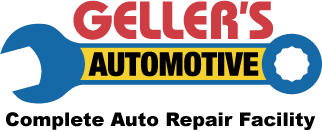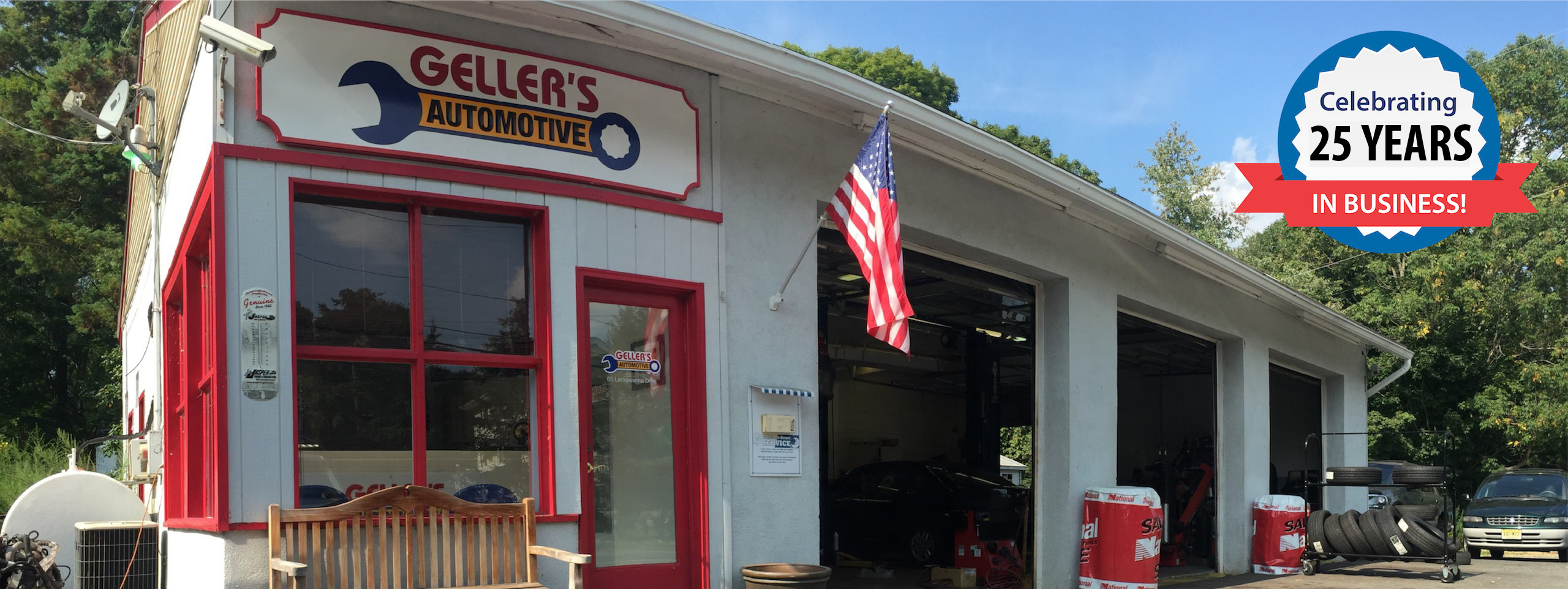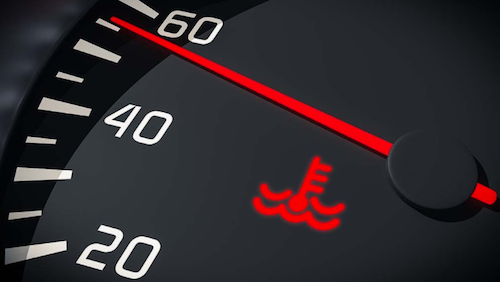
The dashboard lights in your car are like an early warning system. When one comes on and stays on, it’s your vehicle’s way of letting you know there’s a problem. Some problems are critical and others… not so much. It’s important to know which one is critical and which one is not. Otherwise, if you continue to drive when a critical warning light is lit up, you risk serious engine damage.
With regular maintenance, vehicles can run for quite some time without exhibiting any significant problems. In time, things begin to wear out. Belts get old, hoses get dry and brittle, and fluids and filters need to be replaced. If one ignores routine maintenance, the risk for breakdown or engine problems becomes a greater probably. That’s why it’s important to know what you need to do when a particular dashboard light comes on and stays on.
The color of the warning light is designed to let you know the severity of the engine problem. Here’s the first rule of thumb when it comes to dashboard warning lights. “Red” lights (like the ones shown below) are critical warning lights. When one of those comes on while you are driving, safely pull off to the side of the road and call for a tow. A “yellow” or “orange” light is a bit different. It’s more like a caution light. It’s letting you know there’s a problem that needs attention. Though it might not be critical, if the cause of the “yellow” warning light is left unfixed, a more serious problem will occur.
Critical Warning Lights on Your Dashboard
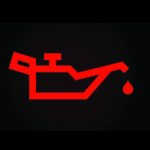 The Oil Pressure Warning Light is letting you know there is a serious drop in engine oil pressure. This happens when there isn’t enough oil in the system (perhaps there is a leak somewhere) or the oil pump isn’t circulating enough oil through the system. Do NOT continue to drive as serious engine damage can occur. Instead, call for a tow.
The Oil Pressure Warning Light is letting you know there is a serious drop in engine oil pressure. This happens when there isn’t enough oil in the system (perhaps there is a leak somewhere) or the oil pump isn’t circulating enough oil through the system. Do NOT continue to drive as serious engine damage can occur. Instead, call for a tow.
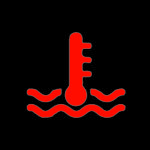 The Engine Temperature Warning Light comes on when the engine temperature has exceeded the safe maximum. Typically, this will happen when the engine overheats from a broken hose or belt, faulty water pump, or a problem anywhere in the cooling system. The only way to allow the temperature to drop is to pull over to a safe location and call for a tow. Do NOT attempt to open the radiator cap to check on the amount of coolant while the engine is hot.
The Engine Temperature Warning Light comes on when the engine temperature has exceeded the safe maximum. Typically, this will happen when the engine overheats from a broken hose or belt, faulty water pump, or a problem anywhere in the cooling system. The only way to allow the temperature to drop is to pull over to a safe location and call for a tow. Do NOT attempt to open the radiator cap to check on the amount of coolant while the engine is hot.
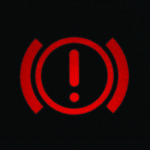 When a Brake Warning Light comes on while driving, it is NOT safe to drive. Typically, this happens because of a sudden drop in hydraulic pressure and means that the brakes may be near total failure. Yikes! Note: Some vehicles utilize the same warning light for the Emergency Brake. Make sure the Emergency Brake is not engaged. If the Emergency Brake is off but the light stays on, call for a tow.
When a Brake Warning Light comes on while driving, it is NOT safe to drive. Typically, this happens because of a sudden drop in hydraulic pressure and means that the brakes may be near total failure. Yikes! Note: Some vehicles utilize the same warning light for the Emergency Brake. Make sure the Emergency Brake is not engaged. If the Emergency Brake is off but the light stays on, call for a tow.
The best way to avoid an engine problem is to bring your vehicle to Geller’s Automotive in Byram, New Jersey. We will make sure you are up-to-date on maintenance and will alert you to parts that need to be replaced before they become a major engine repair. Call today to schedule your appointment with Geller’s Automotive.
